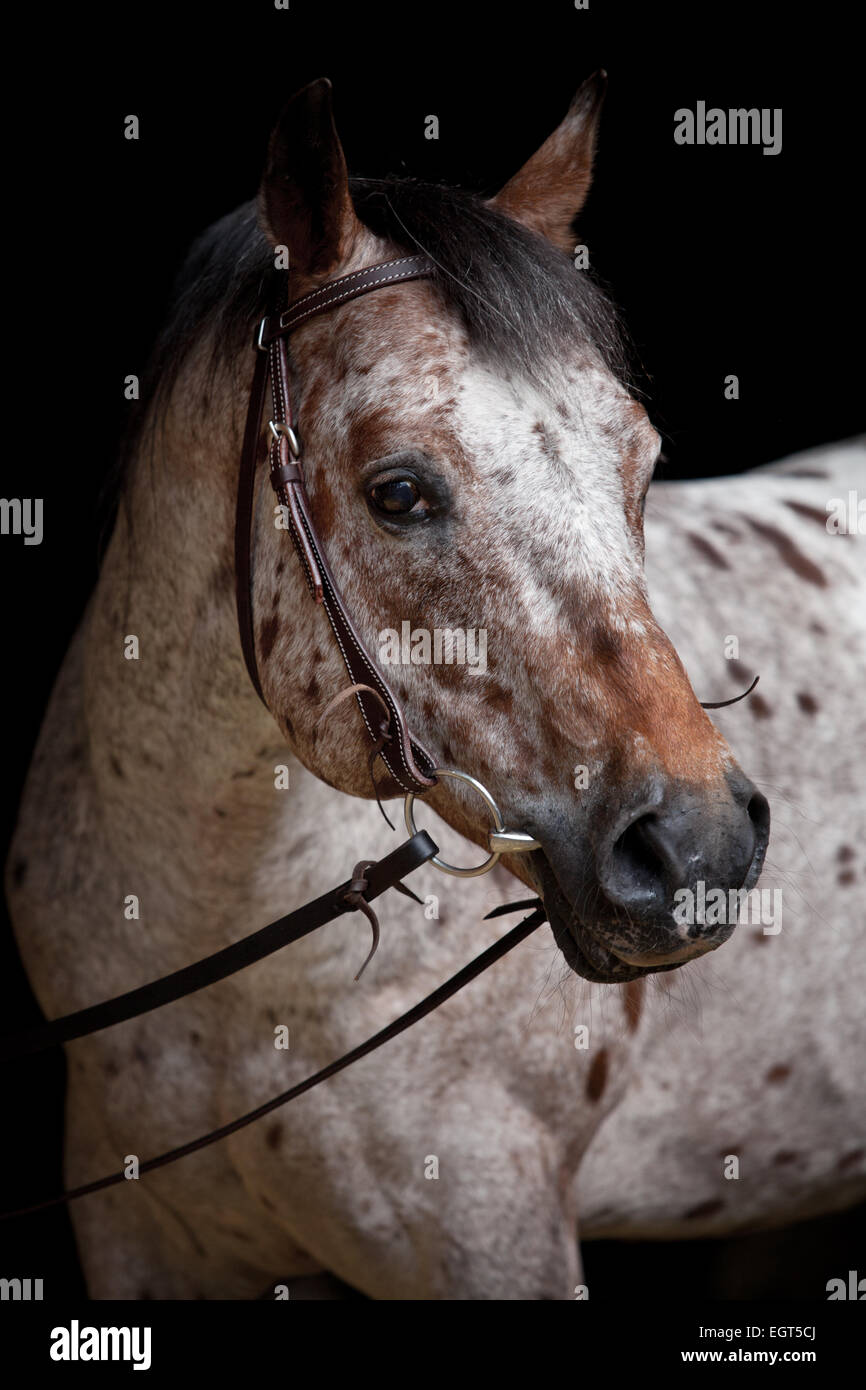
For one thing, most of them are unpalatable, and horses who are filling up on quality forage aren’t likely to spend a lot of time grazing on the few bitter leaves populating their pasture. The good news, of course, is that the vast majority of those plants pose little threat to horses. “I defy anyone to tell me they have a pasture with zero poisonous plants,” says Jeffery Hall, DVM, PhD, a toxicologist at Utah State University. And, as disquieting as it may be to contemplate, the chances are pretty good that at least some are toxic to horses. Hundreds of poisonous plants grow in North America, and many are extremely common. Small vines, broad-leafed weeds, some wildflowers you recognize-some you don’t. Take a stroll through any pasture, and there among the grasses you’ll find any number of different plants. protest with dignity.Plants that are toxic to horses aren’t particularly rare. The Pony of the Americas have something not many other breeds do, a motto, that motto is "Try hard, win humbly, lose gracefully and, if you must. Also the mare and stallion that have award winning offspring can earn Golden Premier Status. If a breeder's POA receives a number of these high achievement awards can earn Bronze, Silver, Golden, and Diamond for themselves it is known as a Premier Breeder Award. The finally, the first Supreme Champion gelding was "Cindy's Fury". The first mare recipient of this award was GR's "Siri Raindrop" and then later the first Supreme Champion stallion was "Chief Little Britches". If a POA achieves all three of these awards, they are awarded the highest level, Supreme Champion.

For the competition ring, the registry added the register of merit awards for halter, performance, and gaming.Finally, they have to be gentle and be able to train with little stress. Since this was a breed that was developed for children, adults could only show them at a halt or with them attached to a cart. The body had to have a muscular quality like the Quarter Horse and the coloring had to resemble the Appaloosa it also had to be visible at forty feet. The head was to resemble the Arabian, meaning to be small and dished. The pony used to have a height requirement of eleven to thirteen hands, but as the years passed the requirement was raised to eleven point two to fourteen hands. To a part of the breed registry, the pony had to display certain physical traits.Breeders are trying their best for the recognition as a horse rather than a pony. In more recent years, that number has surpassed over 50,000 in the United States alone, today however, these ponies are being bred to have less Shetland Pony influence in their blood. In 1970, over a decade after the Pony of America Registry was established, they had over 12,000 horses in the registry. The breed's foundation horse was a stallion by the name of "Black Hand #1" he was sired by a Shetland pony out of an Appaloosa mare. The mare was given to the breed's founder (Leslie Boomhower) by a friend after it was accidentally bred with a Shetland pony stallion. The breed was established in Iowa in 1954.It is a strong and fast horse that can perform a number of different tasks. Aside from the racing, these ponies are used on ranches for many things they excel in such events as jumping, trail and endurance rides. There are races held for them, and many are staged for children. When the POA is first born it is a solid color and begins to show spots as it matures. It also has one of the six colors of the Appaloosas. This breed is often simply referred to as the POA, has a few distinct traits that it inherited from the Arabian, Shetland, and Welsh ponies.

#RED FROST PONY OF AMERICA FULL#


 0 kommentar(er)
0 kommentar(er)
